Excerpts & Extensions of Richland Rum Proprietor Erik Vonk
Rum.
America’s forgotten spirit was once America’s favorite spirit, and one that was a significant part of a burgeoning form of economy during the few centuries prior to the signing of the Declaration Of Independence. Over time however, Rum was ousted in favor of other distilled spirits and it was also a scapegoat for other ideological shifts taking place in America and abroad. Even prior to Rum being overtaken and/or sequestered, the processes for making it had become so convoluted and divergent from the original principals that the stuff being called “Rum” was about as close to being actual Rum as “realty tv” is to being reality.
Though the topology of Rum has become arduous to decipher, there are a few foundational tenets that can guide the audience closer to what would be considered Honest Rum. Of these founding tenets, sugar cane is the most significant, and more specifically- proximity to sugar cane. What is honestly called Rum, should adhere to the principle that its pedigree can somehow be traced back to sugar cane.
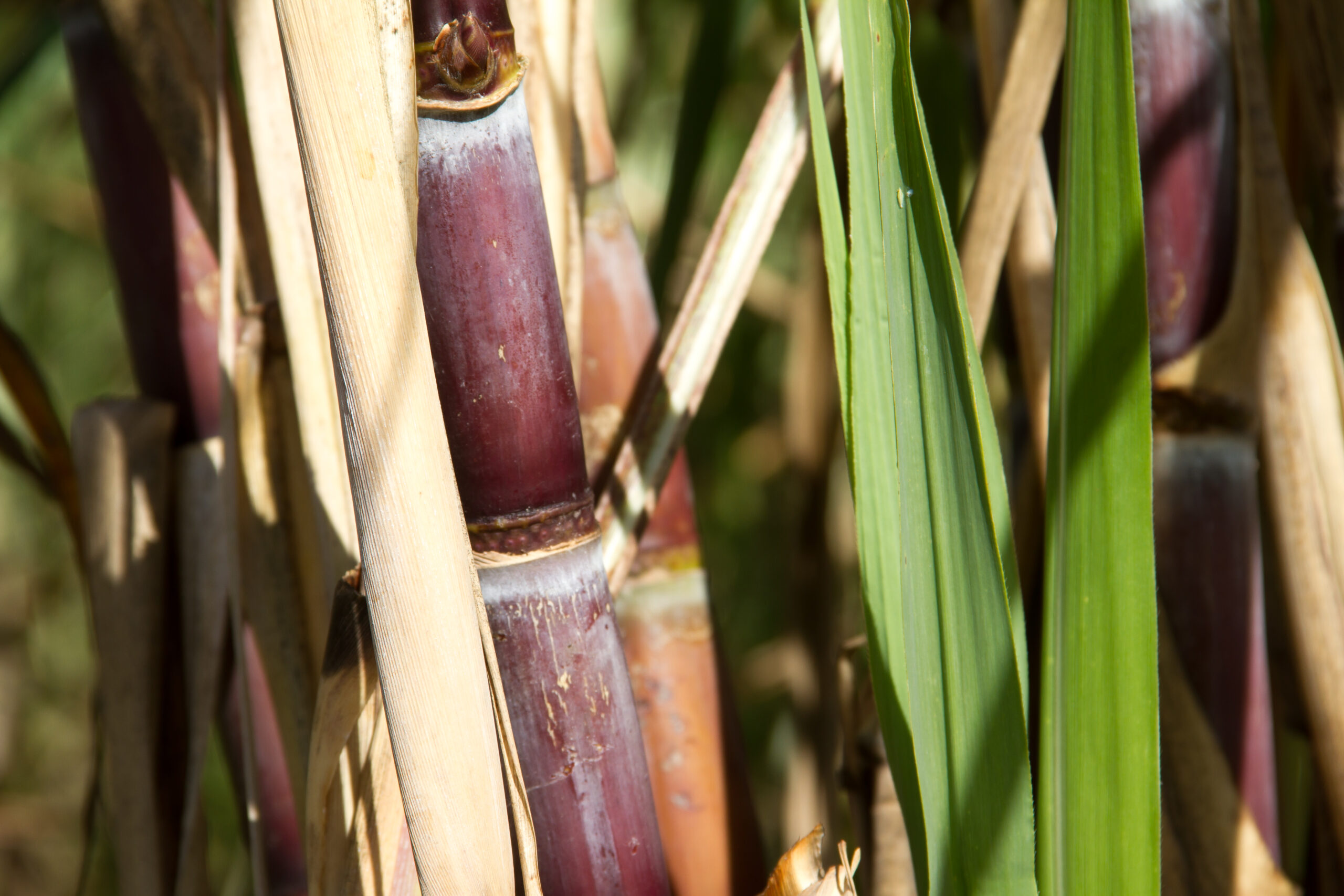
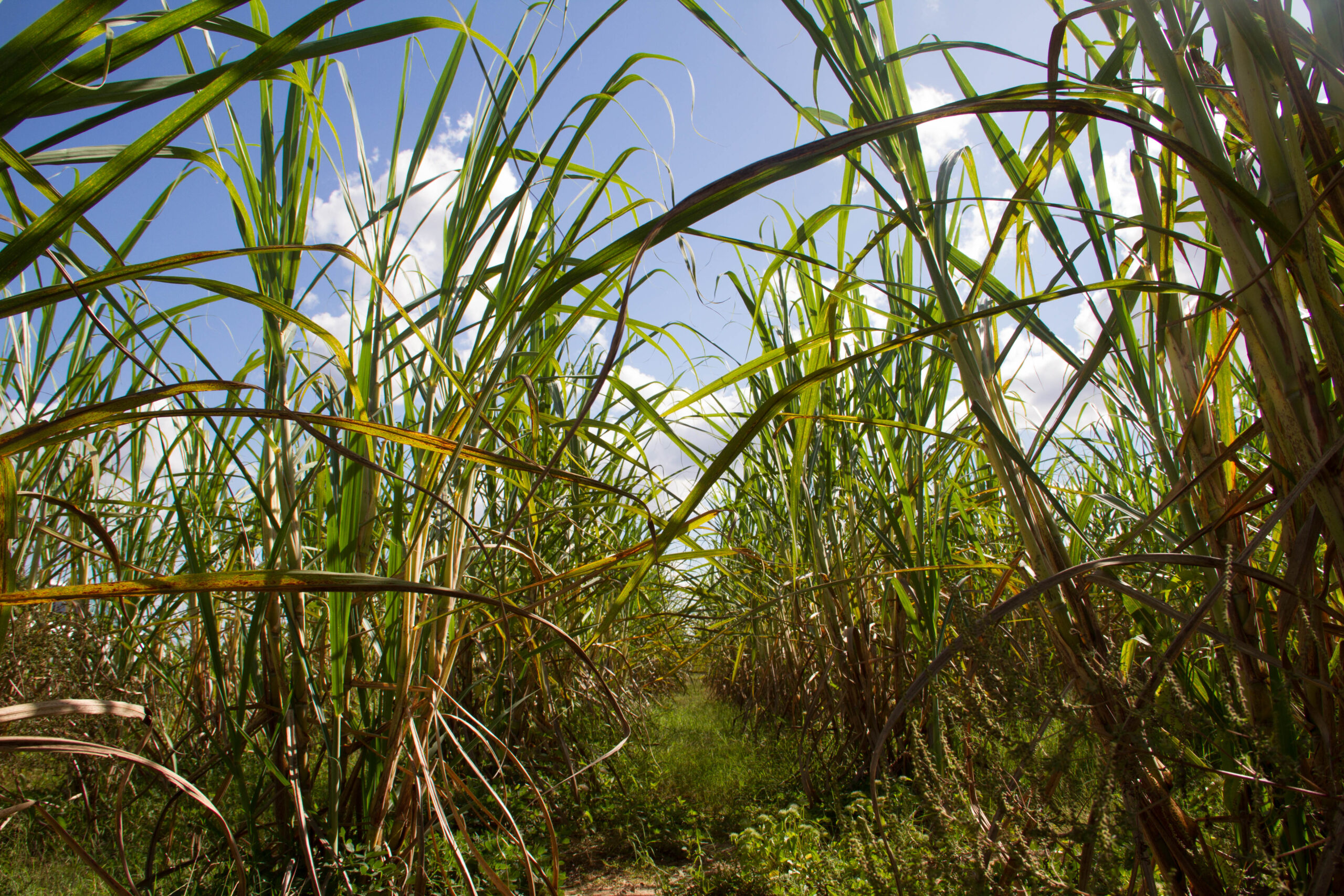

“The huge, diverse, multifaceted, eclectic assembly of products called rum—which vary by origin, base material, fermentation techniques, distillation methods, and aging and maturation approaches— has only one common aspect: sugar cane.The distillate technically cannot be called rum, unless the pedigree can be traced back to sugar cane.”
-Excerpt from Rum In America, by Erik Vonk
A given Rum’s authenticity, so to speak, can be directly correlated to its proximity to sugarcane (in connection with distillation technique). The closer it is to sugarcane, the closer it is to being authentic rum, and the more likely that it is able to employ certain distillation techniques. But as large-scale agricultural endeavors propagated during the 16th and 17th centuries, Rum’s proximity to sugarcane was elongated because of one primary ingredient…molasses.
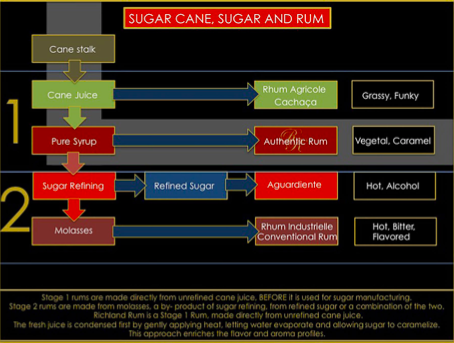
Molasses is essentially a waste product, it is what is left over after sugar has been extracted from syrup. Despite the fact that molasses is a harsh and bitter base material, it is still the primary ingredient in the multitude of rums that are made today. Molasses is also responsible for a change in distillation technique that Rum Producers had to enact. Rum made from fresh cane juice or cane syrup provides a plethora of desirable flavors, or “congeners “, which a distiller will aim to retain during distillation. Conversely, rum made from molasses is loaded with bad flavors/congeners, of which the distiller is tasked with trying to remove. These differences in base products, which require a difference in distillation techniques, also required a difference in distillation equipment.
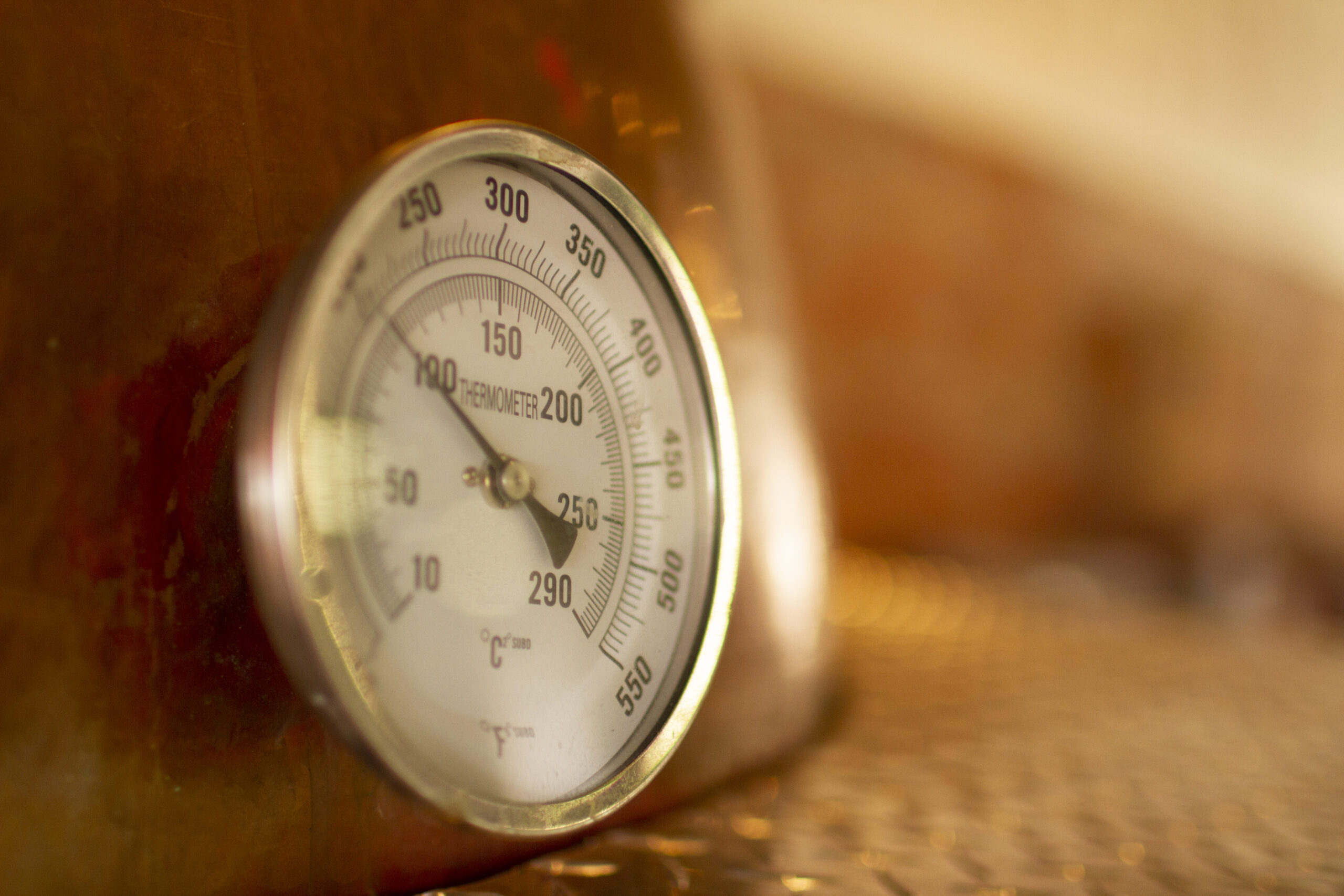
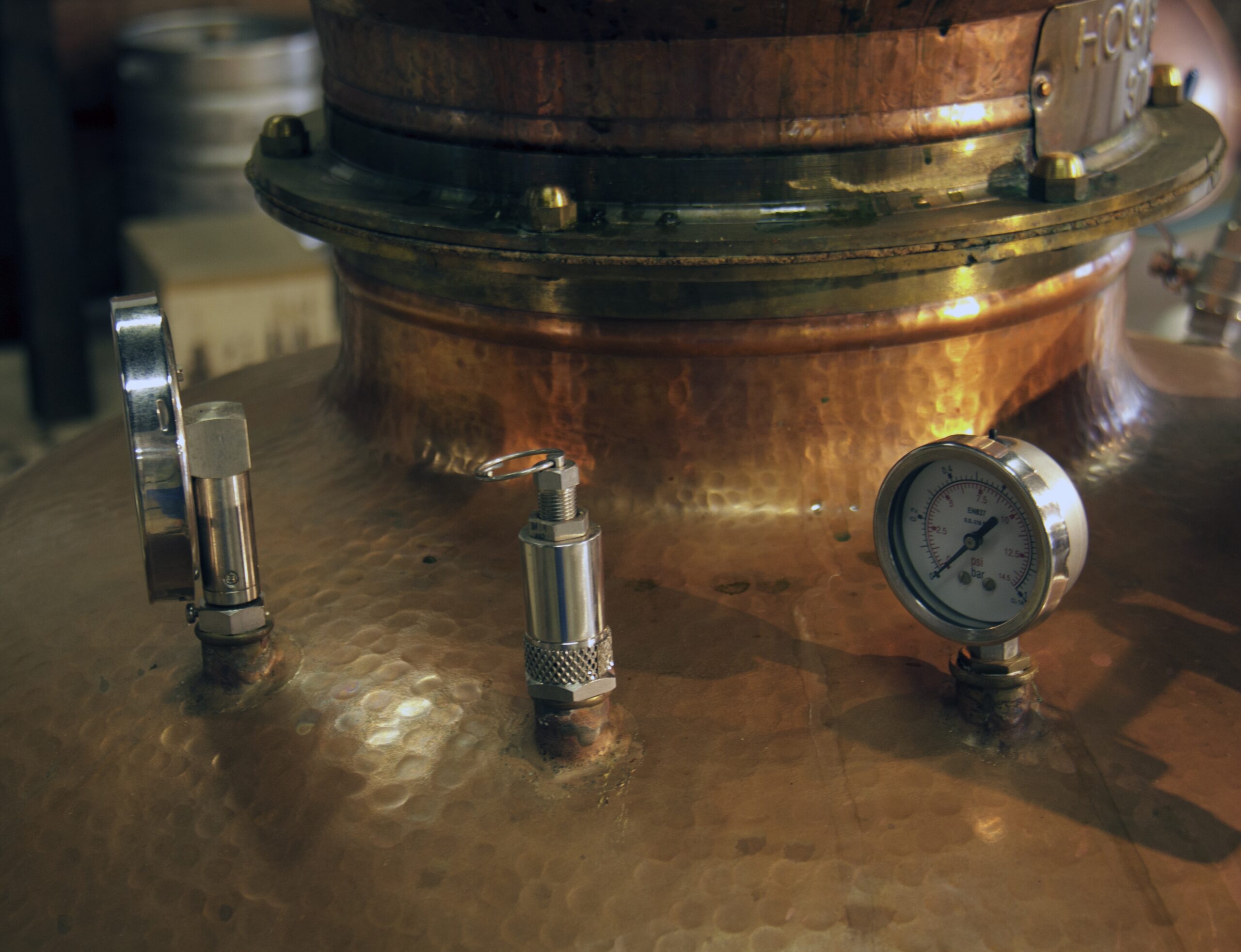
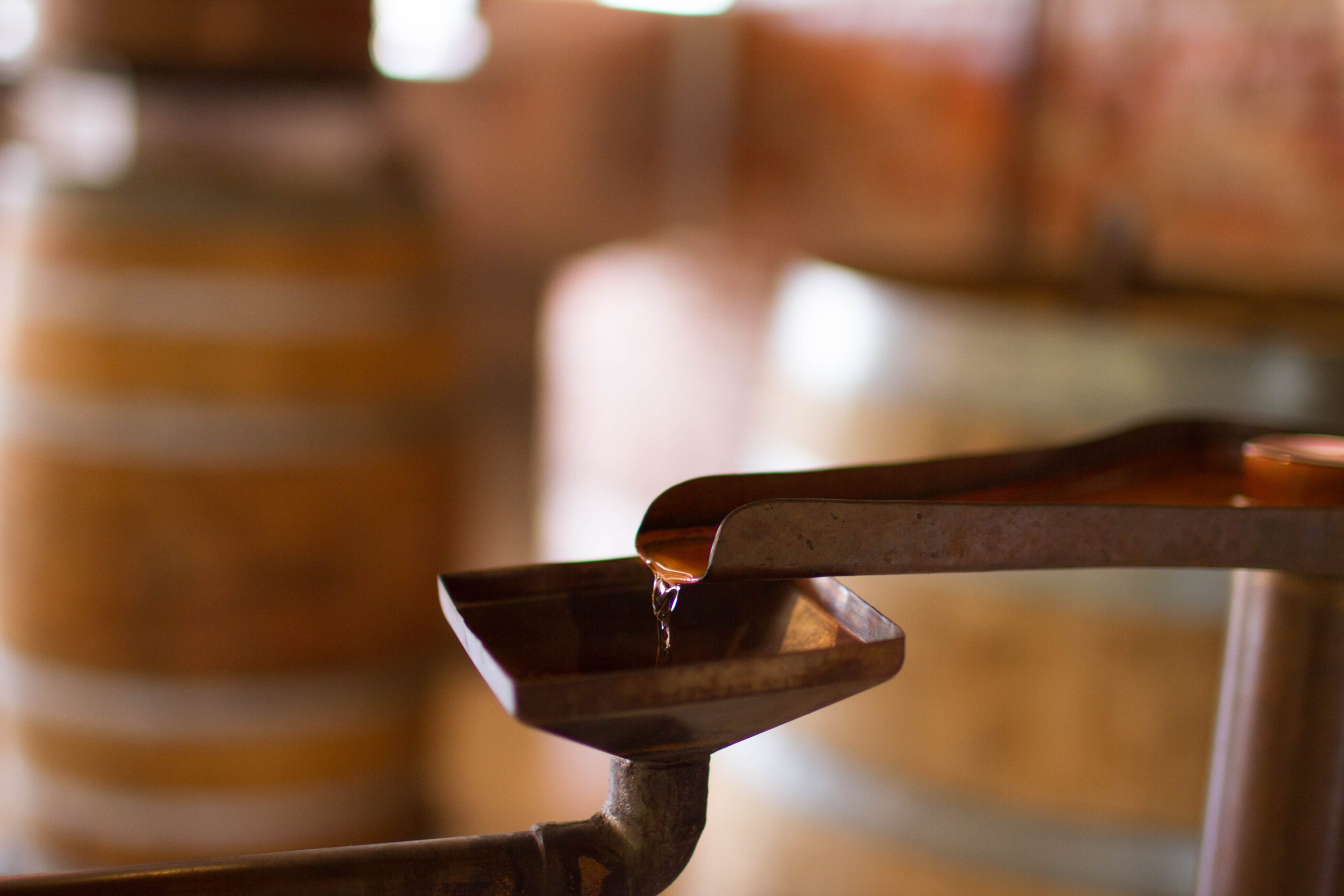
“Old fashioned pot stills are inefficient. In other words, they are not optimally suitable for a precise removal of impurities or to obtain high alcohol yields. On the other hand, if the distiller’s objective is retention of congeners, they work well! They are inefficient because they leave congeners in! The pot still’s inefficiency works in its favor, if and as long as the congeners are desirable.”
Old fashioned pot stills, such as the Alembic stills used by Richland Rum in Richland and Brunswick[GA, USA] are ideal for distilling rum made from cane juice or cane syrup because they retain more of the good congeners. However, pot stills are not very good at removing bad congeners, such as those which appear in molasses based rums. Column stills, which weren’t developed until the 19th century (following a boom in molasses production) were regarded for their ability to improve alcohol yields by removing the unwanted congeners. But congener removal, good or bad, equates to flavor removal, thus Rum Producers were forced to add back flavor, often using sugar and spices, after the fact.
Rum having become marginalized because of economic pursuits should be of no surprise; we might have a giggle when we see a bottle of carbonated grape alcohol on our local grocer’s shelf trying to disguise itself under the facade of Champagne, but we are not taken aback. Most folks who see sparkling white wine that is labeled “Champagne” know that it is actually not that, and thus the image of Champagne, the expectation and enjoyment of authentic Champagne, is left mostly untarnished. Rum has not been so lucky. Many people associate any and all rums with the hellishly harsh liquid that they used, and often still use, for mixing over-sweetened daiquiris. Rum made from fresh cane is very different from Rum made from molasses, and educating consumers of this fact is important both for the consumer and for the spirit itself. There are certainly some nice Rums made from molasses, but even these suffer from other Molasses Rums being made haphazardly and only for pecuniary pursuits.
We are already seeing a sort of modern Rum Renaissance, but the revival is far from complete. Richland Rum was founded upon an ethos which harkens back to those times when Rum was confined by method and by motive to being made strictly from unprocessed sugar cane. In this regard, the moniker of being a Single-Estate, Field-To-Glass Rum is tangible evidence of our proximity to the base ingredient. Our sugar cane farm at Richland Estate is a mere ten miles from our Richland Distillery where, after each annual Autumn harvest, we patently and arduously take on the task of heating fresh cane juice and reducing it into a 100% Pure Sugarcane Syrup that we store and use for making each of our Artisan Rum Expressions. Ten Miles may have been too far from the source for Rum to be made in 1650, but today that is about as close as it gets to authenticity.
To read the full publication of Erik Vonk’s “Rum In America”, and to learn more about Rum’s role in American history, please CLICK HERE.
Other Highlights From “Rum In America”:
Barrel Aging
“Unfortunately, barrel aging is a source of myths. First, consumers have been conditioned to believe that older = better. That is not necessarily true, definitely not for new barrels. A fluid stored in an oak container for a very long time will taste like … oak! In other words, there is an optimum amount of time, not dissimilar to keeping a tea bag in a cup of hot water. The outcome is subjective, but keeping a teabag in your teacup for 10 hours does not give you a fantastic cup of tea.”
Rum As Legitimate Currency
“By the 1680’s, as a result of England’s prohibition to export silver coins, the colonies were short of money and, although first, the use of Spanish, French and Dutch coins became prevalent, barter evolved and rum started to become an alternative currency. In one or two decades, the value of rum was stable and recognized broadly, even to an extent that it was not uncommon for wages to be partially paid in rum.”
The American (Rum)Revolution
“In 1776, Britain lost its American colonies and America’s Founding Father John Adams admitted that, ‘I know not why we should blush to confess that molasses was an essential ingredient in American Independence.”

